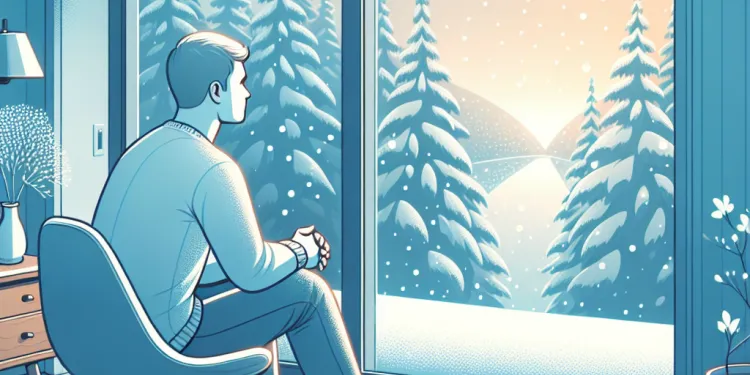
Find Help
More Items From Ergsy search
-
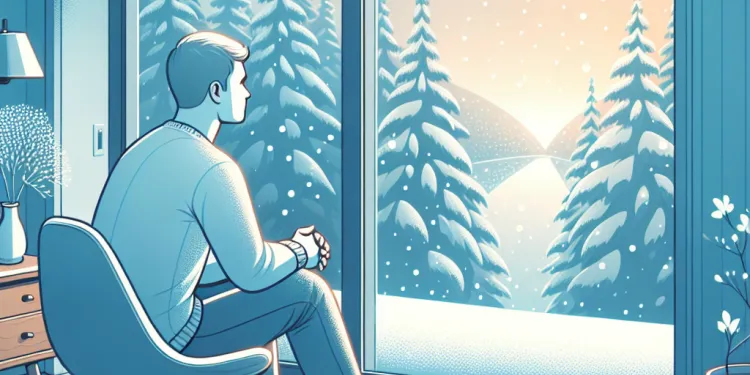
Strategies for Managing Seasonal Affective Disorder
Relevance: 100%
-
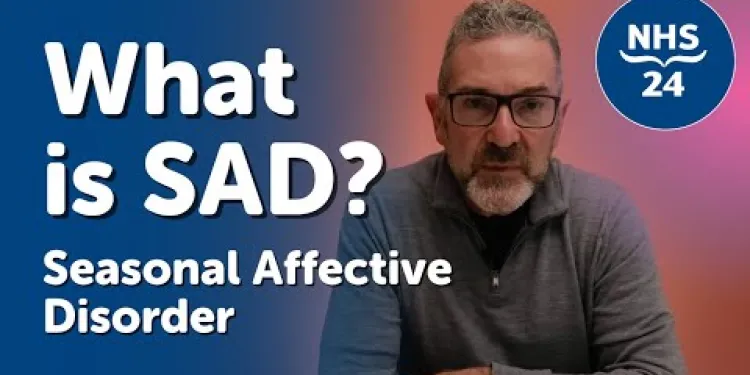
What is Seasonal Affective Disorder? (SAD)
Relevance: 67%
-
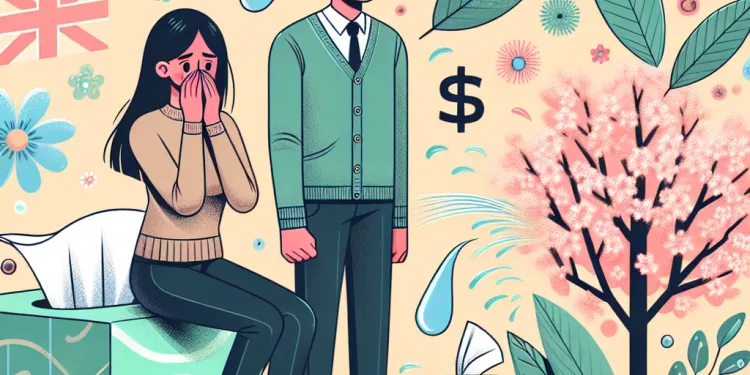
Dealing with Seasonal Allergies
Relevance: 39%
-
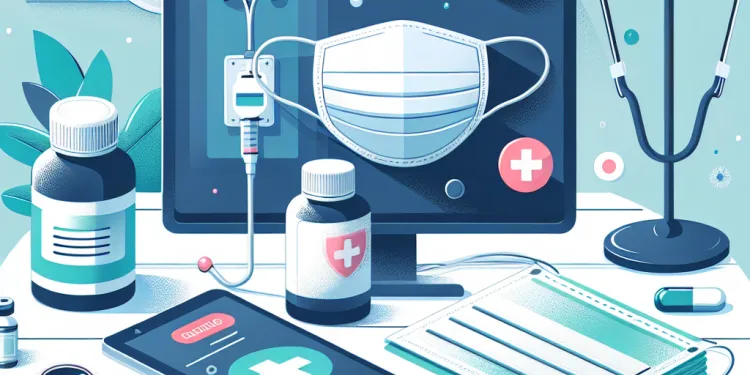
Latest Advice on Managing Respiratory Illnesses During Flu Season
Relevance: 37%
-
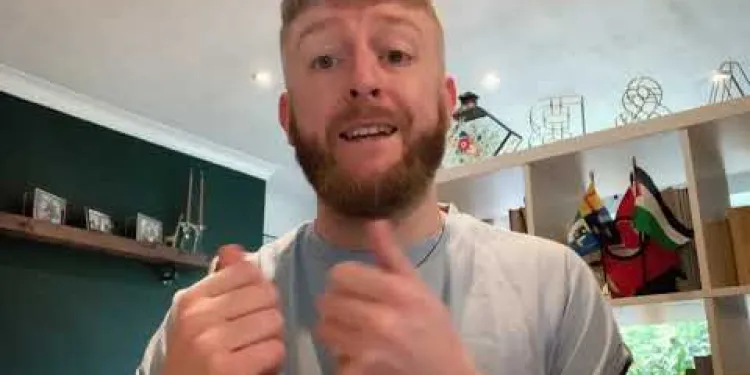
Living with Bipolar Disorder
Relevance: 36%
-

Are there seasonal jobs with the National Trust?
Relevance: 35%
-
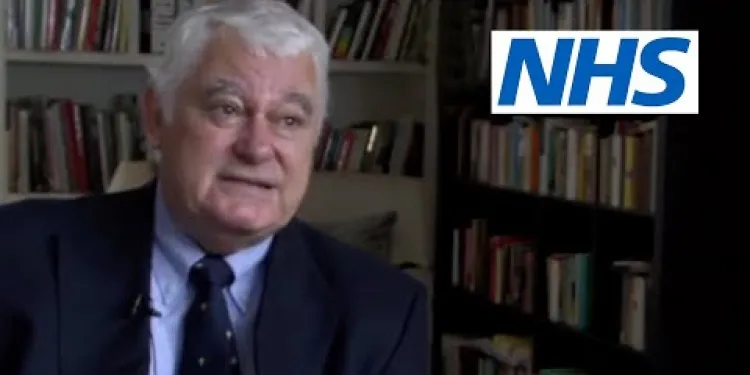
Bipolar disorder: Rod's story | NHS
Relevance: 34%
-
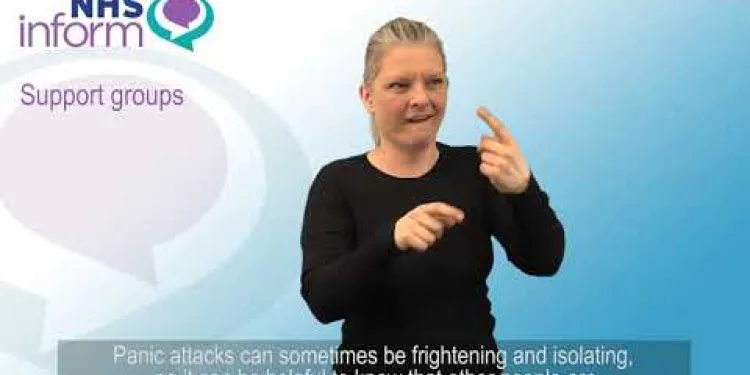
BSL - Treatment of panic disorder
Relevance: 34%
-
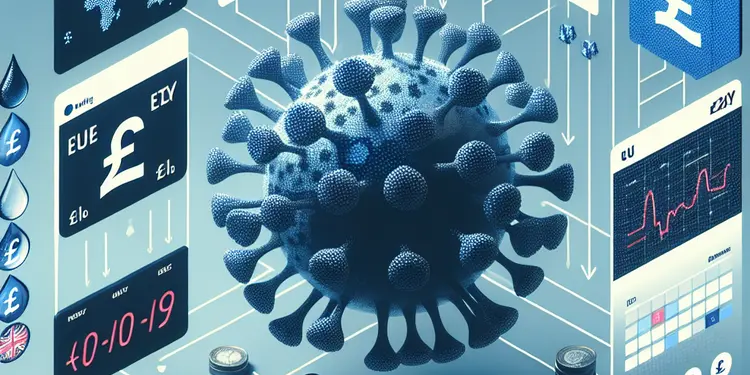
When does the H3N2 flu season typically occur?
Relevance: 34%
-
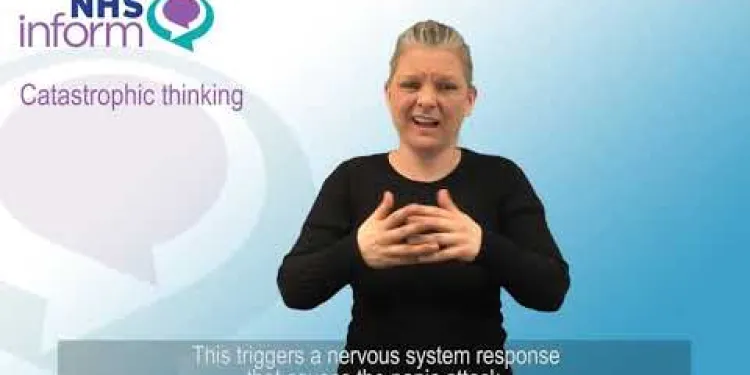
BSL - Causes of panic disorder
Relevance: 33%
-
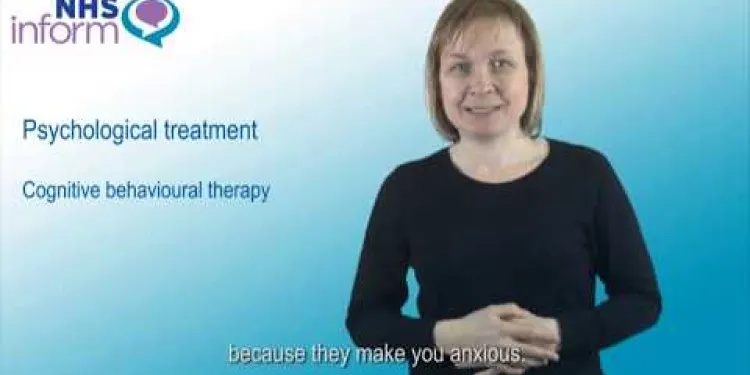
Treating generalised anxiety disorder (GAD)
Relevance: 32%
-

BSL - Diagnosis of panic disorder
Relevance: 32%
-
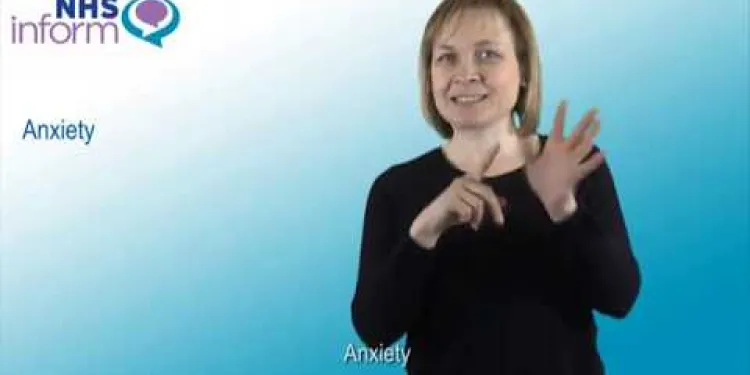
Generalised anxiety disorder (GAD)
Relevance: 32%
-
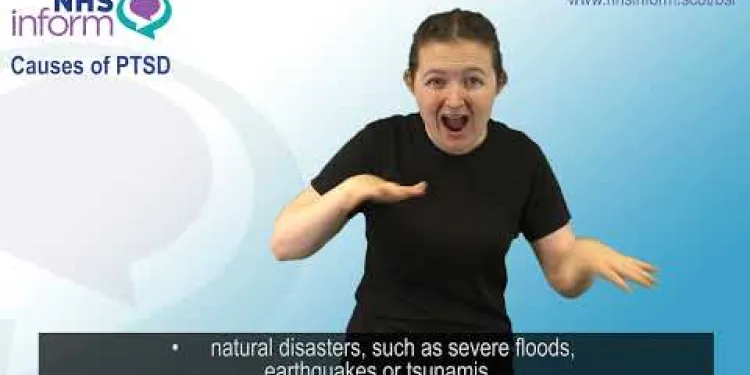
Post-traumatic stress disorder (PTSD) - Introduction
Relevance: 32%
-
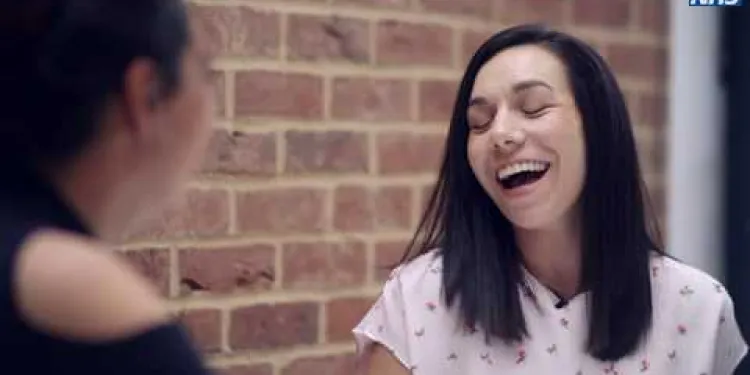
Short Films About Mental Health - Personality Disorders
Relevance: 31%
-
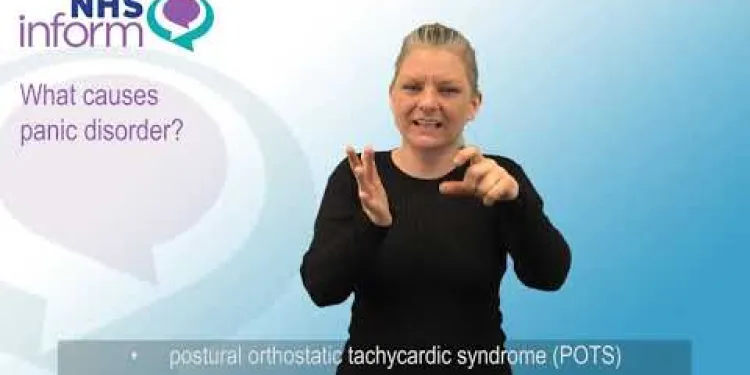
BSL - Introduction to panic disorder
Relevance: 31%
-

Is there a season when mosquito-borne diseases are more likely in the UK?
Relevance: 31%
-

Why does H3N2 often lead to more severe flu seasons?
Relevance: 31%
-

Understanding Seasonal Flu: Prevention and Treatment
Relevance: 31%
-
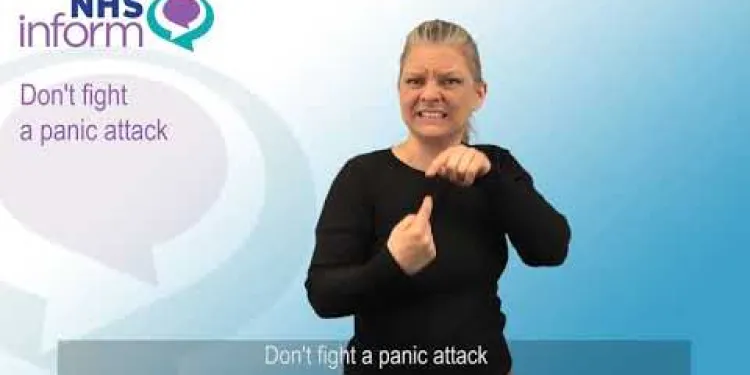
BSL - Panic disorder: things you can do to help yourself
Relevance: 31%
-
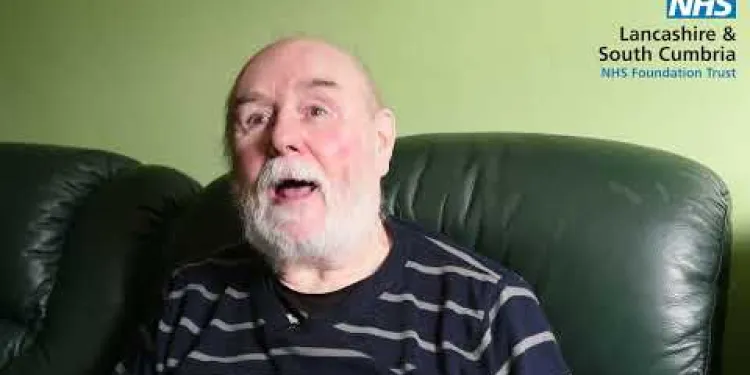
Steve Green tells his story on living with a hoarding disorder
Relevance: 31%
-

New Mental Health Strategy Launched to Address Youth Anxiety Epidemic
Relevance: 30%
-
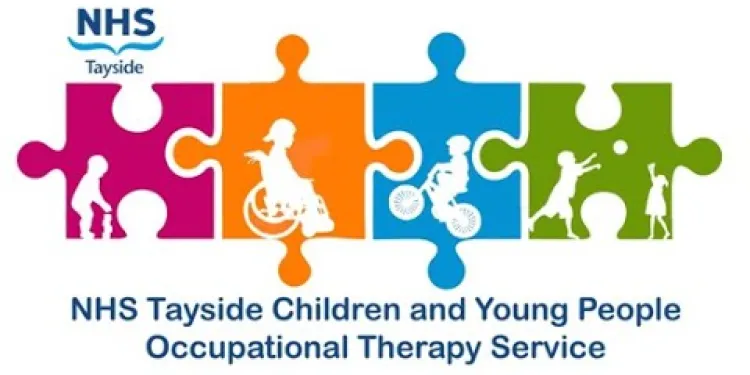
Developmental Coordination Disorder (DCD) for Children and Young People
Relevance: 30%
-
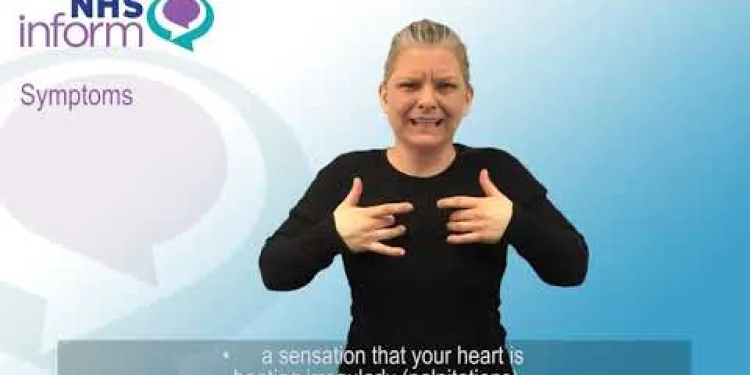
BSL - Symptoms of panic disorder
Relevance: 30%
-
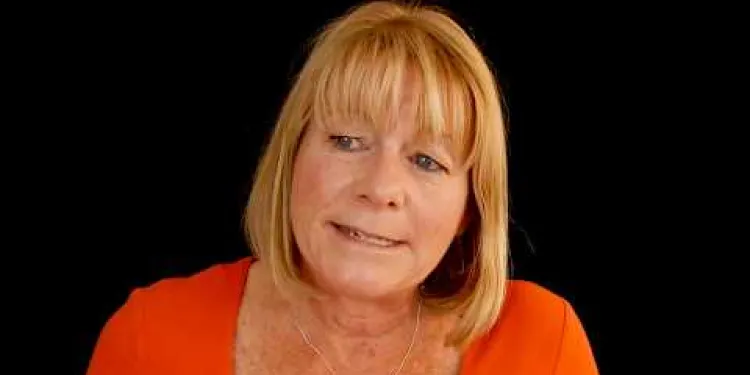
The treatment approach for an eating disorder
Relevance: 30%
-
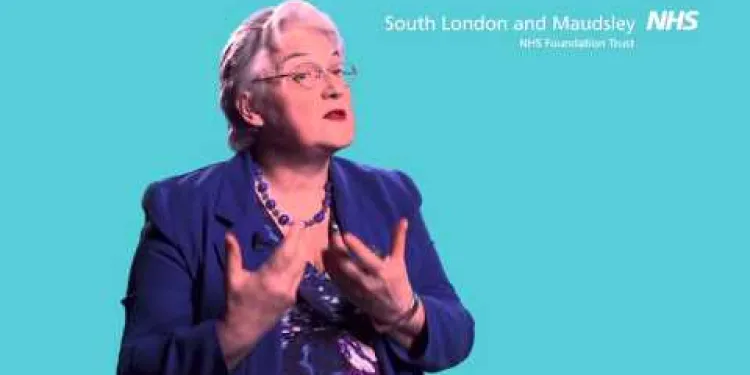
Eating disorders: treatment
Relevance: 30%
-

How does climate change affect pollen levels?
Relevance: 29%
-
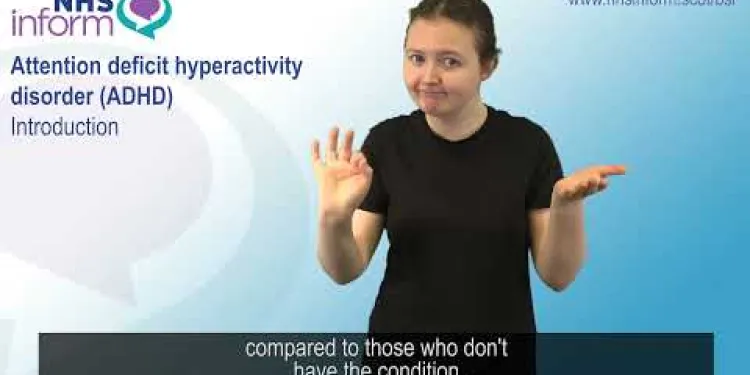
Attention deficit hyperactivity disorder (ADHD) - Introduction
Relevance: 29%
-

How can stress management affect cortisol levels?
Relevance: 29%
-
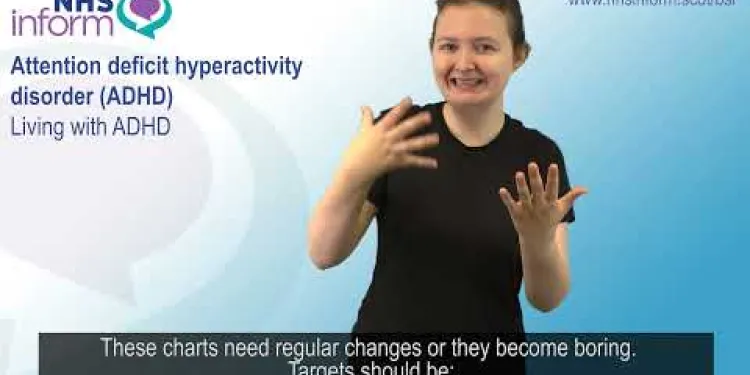
Attention deficit hyperactivity disorder (ADHD) - Living with ADHD
Relevance: 28%
-
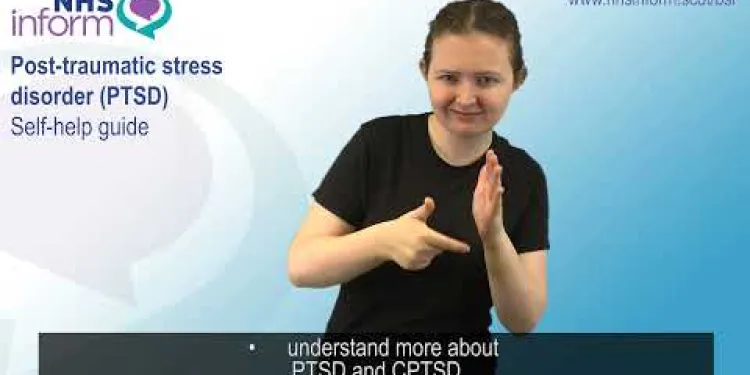
Post-traumatic stress disorder (PTSD) - Self-help guide
Relevance: 28%
-

How does Huntington's disease affect movement?
Relevance: 28%
-
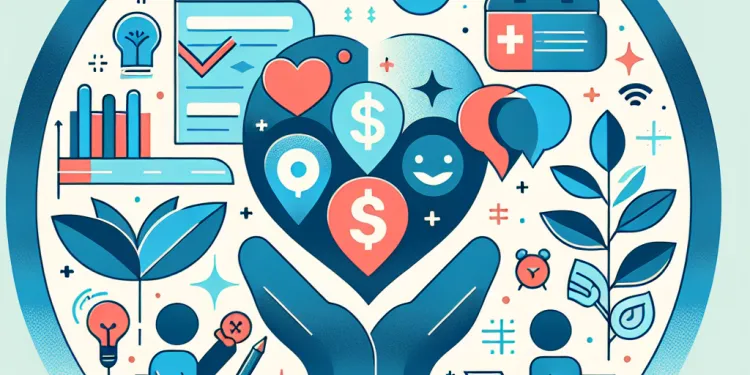
Mental Health Support for Families: Resources and Strategies
Relevance: 27%
-
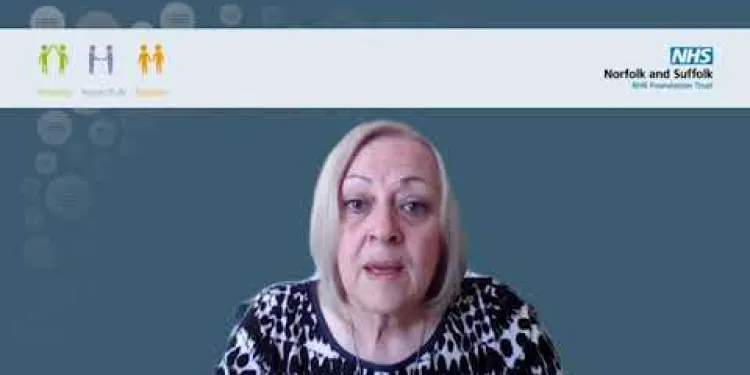
Suicide and Self Harm Prevention Strategy 2023-28
Relevance: 27%
-
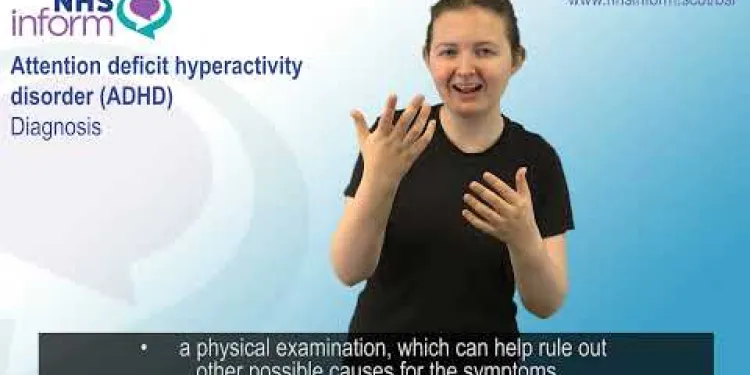
Attention deficit hyperactivity disorder (ADHD) - Diagnosis
Relevance: 27%
-

SLaM's Suicide Prevention, Learning and Support Strategy
Relevance: 26%
-
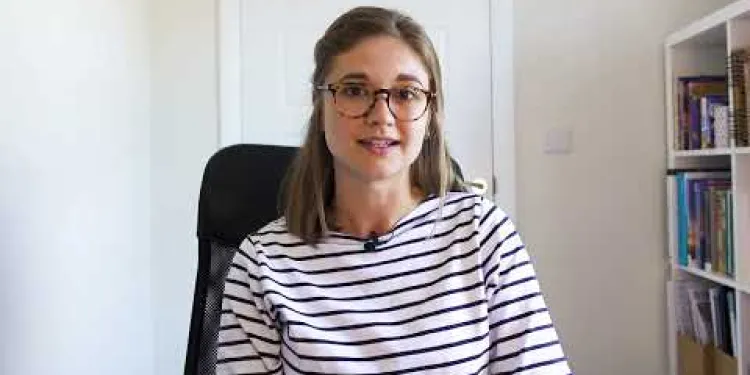
Jess Rann - Specialist Eating Disorders Dietitian
Relevance: 26%
-
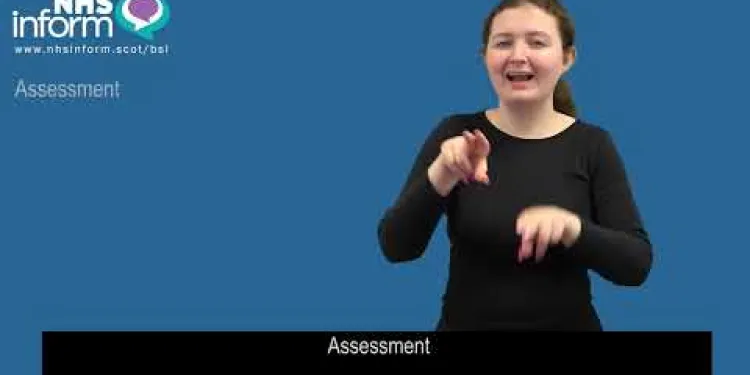
BSL - Diagnosis of obsessive compulsive disorder (OCD)
Relevance: 26%
-
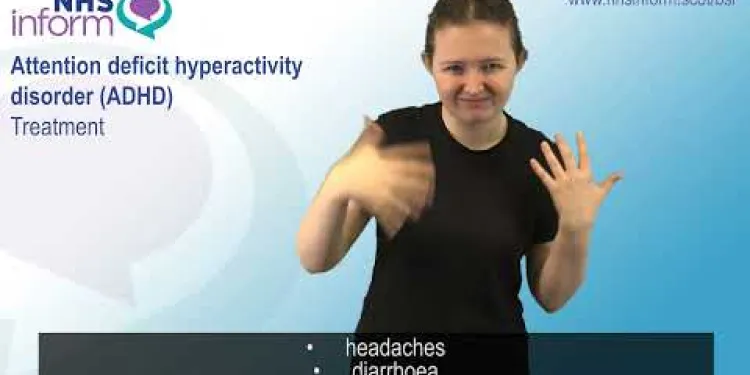
Attention deficit hyperactivity disorder (ADHD) - Treatment
Relevance: 26%
-
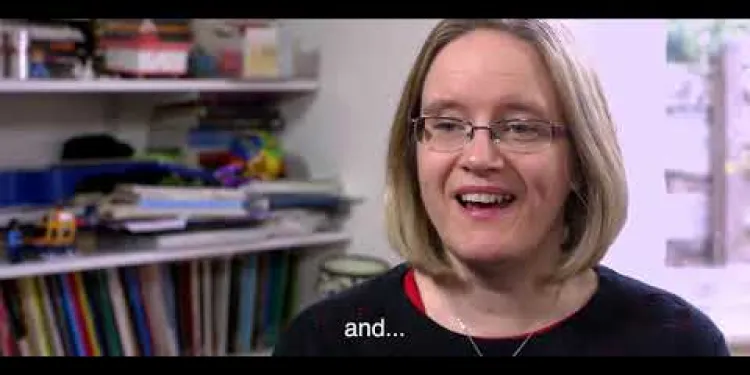
Living with Foetal Alcohol Spectrum Disorder (FASD), a mum’s journey (full version)
Relevance: 25%
Strategies for Managing Seasonal Affective Disorder
Introduction
Seasonal Affective Disorder (SAD) is a type of depression that occurs at a specific time of year, usually in the winter months. Due to the decrease in daylight hours, many people in the United Kingdom experience symptoms such as low mood, fatigue, and social withdrawal. Understanding how to manage these symptoms is crucial for maintaining mental well-being throughout the year.
Light Therapy
One of the most effective treatments for SAD is light therapy. This involves using a light box that mimics natural sunlight, which can help regulate your body's internal clock and improve mood. For best results, use the light box for about 30 minutes each morning. It's advisable to consult with a healthcare provider to determine the appropriate intensity and duration of light exposure.
Maintain a Regular Routine
Staying on a regular schedule can be highly beneficial for those suffering from SAD. Regular eating and sleeping schedules can help stabilize mood and energy levels. Additionally, getting outside during the daylight hours, even when it’s cloudy, can expose you to natural light, which is valuable for mood regulation.
Exercise Regularly
Physical activity is a proven way to boost mood and alleviate symptoms of depression, including SAD. Aim for at least 30 minutes of moderate exercise most days of the week. This can include activities like walking, cycling, or yoga. Exercise not only increases endorphins but also helps regulate sleep patterns, which can be disrupted in people with SAD.
Healthy Diet
Your diet can also impact your mood and energy levels. Eating a balanced diet rich in fruits, vegetables, lean proteins, and whole grains can provide the nutrients your body needs to combat the symptoms of SAD. Avoid excessive consumption of caffeine, alcohol, and sugary foods, as they can lead to mood swings and energy crashes.
Seek Professional Help
If your symptoms are severe or do not improve with self-care strategies, it's important to seek professional help. Therapies such as Cognitive Behavioral Therapy (CBT) have been proven effective for SAD. A mental health professional can provide guidance and support tailored to your specific needs and circumstances.
Stay Connected
Social support is vital in managing SAD. Maintain connections with friends and family, even when you feel like withdrawing. Regular social interactions can provide emotional support and alleviate feelings of isolation. Joining support groups either in person or online can also be beneficial.
Conclusion
While Seasonal Affective Disorder can significantly impact your quality of life, there are multiple strategies to manage and mitigate its effects. By incorporating light therapy, maintaining a routine, regular exercise, a healthy diet, seeking professional help, and staying socially connected, you can improve your mental well-being during the darker months of the year.
Ways to Feel Better with Seasonal Affective Disorder
What is Seasonal Affective Disorder?
Seasonal Affective Disorder, or SAD, is a type of sadness that happens at a certain time of year. It usually happens in winter when there is less sunlight. Many people in the UK feel sad, tired, and want to be alone during this time. Knowing how to feel better is important for staying happy and healthy all year.
Use Light Therapy
A great way to feel better with SAD is using light therapy. This means sitting by a special lamp that is like the sun. It can help your body feel more awake and improve your mood. Try to use the lamp for about 30 minutes every morning. Talk to a doctor to know which lamp is best for you.
Keep a Regular Routine
Doing things at the same time every day can help people with SAD. Eating meals and going to bed at the same time each day can make you feel better and have more energy. Going outside when it is light, even if it’s cloudy, can also help. It gets you more natural light, which is good for feeling happy.
Exercise Often
Moving your body helps you feel better. Try to do some exercise, like walking, biking, or yoga, most days of the week. Exercise can make you happy. It also helps you sleep well, which is hard for people with SAD.
Eat Healthy Foods
What you eat can change how you feel. Eating lots of fruits, vegetables, lean meats, and grains helps your body with SAD. Try not to have too much coffee, alcohol, or sugary foods. They can make you feel up and down.
Talk to a Professional
If you feel very sad and nothing helps, it’s important to talk to a mental health professional. Therapies like Cognitive Behavioral Therapy (CBT) can help a lot. A professional can give you advice that fits your needs.
Stay in Touch with People
Being with friends and family is important. Even when you want to be alone, talking with others helps. Being with loved ones can make you feel supported and less lonely. You can also join support groups to talk to people who understand.
Final Thoughts
SAD can make life hard, but there are many ways to feel better. Use light therapy, keep a routine, exercise, eat well, get help from a professional, and stay connected with others. These things can help you stay happy when it's dark outside.
Frequently Asked Questions
What is Seasonal Affective Disorder (SAD)?
Seasonal Affective Disorder (SAD) is a type of depression that occurs at a specific time of year, typically in the winter months when there is less natural sunlight.
What are the common symptoms of SAD?
Common symptoms of SAD include low energy, oversleeping, weight gain, cravings for carbohydrates, and feeling depressed most of the day, almost every day.
How can light therapy help with SAD?
Light therapy involves using a special light box that mimics natural sunlight, which can help adjust your circadian rhythms and improve your mood.
Is light therapy available on the NHS?
Light therapy is not usually available on the NHS, but your GP may be able to recommend where you can buy a light box. Always buy from a reputable manufacturer.
Can exercise help manage SAD symptoms?
Yes, regular physical activity can help alleviate symptoms of SAD by boosting mood, increasing energy levels, and reducing anxiety.
What types of exercise are most effective for SAD?
Aerobic exercises such as walking, jogging, cycling, and swimming are particularly effective. Outdoor activities can be very beneficial due to increased exposure to natural light.
How does diet affect SAD?
A balanced diet rich in fruits, vegetables, whole grains, and lean protein can help manage SAD. Reducing the intake of sugar and high-carb foods can also prevent energy crashes.
Are there any supplements that can help with SAD?
Vitamin D supplements may be beneficial, especially since sunlight is a primary source of Vitamin D. Consult with a healthcare provider before starting any new supplements.
How can I improve my sleep pattern during winter?
Maintain a regular sleep schedule, avoid large meals before bedtime, and create a restful environment. Try to get outside during daylight hours to help regulate your circadian rhythm.
Can cognitive behavioural therapy (CBT) help with SAD?
Yes, CBT is effective in treating SAD by helping you change negative thoughts and behaviours that may contribute to your symptoms.
Is medication an option for treating SAD?
Antidepressants can be effective for some people with SAD, especially if symptoms are severe. A GP can advise on whether medication is appropriate.
What lifestyle changes can help manage SAD?
Spending time outdoors, staying physically active, eating healthily, getting enough sleep, and maintaining social connections can all help manage SAD symptoms.
Are there any support groups for people with SAD in the UK?
Yes, there are support groups and organisations such as the Seasonal Affective Disorder Association (SADA) that offer resources and community support.
How can I support a loved one with SAD?
Encourage them to seek professional help, offer emotional support, help them with daily activities, and encourage healthy lifestyle habits such as regular exercise and balanced eating.
When should I see a doctor about SAD symptoms?
If you suspect you have SAD and it’s affecting your daily life, it's important to see a GP for a proper diagnosis and to discuss treatment options.
What is Seasonal Affective Disorder (SAD)?
Seasonal Affective Disorder, or SAD, is when people feel sad or tired during certain seasons, like winter. It happens because there is less sunlight.
People with SAD might feel:
- Very sleepy
- Sad
- Not interested in doing things they like
Here are some things that can help:
- Spend time outside during the day
- Use special lights called "light boxes"
- Talk to a doctor or a counselor
If you think you have SAD, talk to an adult you trust.
Seasonal Affective Disorder, or SAD, is a kind of depression. It happens at certain times of the year, usually in the winter. In winter, there is less sunlight.
What are the common signs of SAD?
SAD is when people feel sad during certain times of the year, like winter. Some signs of SAD are:
- Feeling tired a lot
- Feeling sad or grumpy
- Wanting to sleep more
- Eating more, especially sugary foods
- Not wanting to do fun things
If you're feeling these things, talking to a trusted person can help. Another helpful thing is using a special bright light, called a light box. This can make you feel better. Exercise and going outside can also help improve your mood.
Here are some signs of SAD:
- Feeling tired and having low energy.
- Sleeping a lot, more than usual.
- Gaining weight.
- Wanting to eat sweet or starchy foods, like bread and candy.
- Feeling sad or down most of the day, almost every day.
How does light therapy help with feeling sad in winter?
Light therapy is using a special lamp that looks like sunlight. This can help you feel better and fix your sleeping patterns.
Can you get light therapy on the NHS?
Light therapy is a way to help people feel better, especially in winter. It uses a special bright light.
If you want to know if you can have light therapy on the NHS, ask your doctor. They can give you advice.
Tools like talking to a helper or using picture books can also help you understand better.
Light therapy is a special kind of light you can use at home. The NHS usually doesn't give these lights, but your doctor can tell you where to get one. Make sure to buy from a trusted place.
Can exercise help with SAD symptoms?
Exercise might help people feel better if they have SAD. SAD stands for Seasonal Affective Disorder. This means feeling sad when it's dark and cold outside.
Here is how exercise can help:
- Exercise makes your body move. This can help your brain feel happy.
- Exercise can give you more energy, so you don’t feel so sleepy.
- Doing exercise outside means you can see the sun, which can help you feel better.
Here are some things you can try:
- Take a walk in the park.
- Play a sport you like.
- Dance to your favorite music.
If you need help, ask a friend, family member, or use an app to remind you to exercise. Doing it with someone else can make it fun!
Yes, doing exercise often can help you feel better if you have SAD. It can make you happier, give you more energy, and help you worry less.
What exercises help when feeling SAD?
Here are some exercises that can help you feel better:
- Walking: Going for a walk outside is good. Fresh air and sunlight can make you feel happier.
- Dance: Listen to your favorite music and dance. It's fun and helps you move your body.
- Yoga: Yoga can help you relax and feel calm. You can follow simple yoga videos online.
- Running: Running can give you more energy and make you feel good. Start slowly and build up gradually.
You can use videos online to learn the exercises. Try different ones and see what makes you happy. Doing these exercises even a few minutes a day can help!
Exercises like walking, jogging, riding a bike, and swimming are really good for you. Doing these activities outside is great because you get more sunlight.
How does food change SAD?
Eating different foods can change how you feel if you have SAD. SAD stands for Seasonal Affective Disorder. It is when people feel sad at certain times of the year, like in winter.
Here are some tips:
- Eat healthy food like fruits and vegetables.
- Try to drink water instead of sugary drinks.
- Eat food with vitamin D, like fish. You can also take vitamin D tablets.
- If you don't know what to eat, ask a grown-up or a doctor for help.
Using a calendar can help you plan your meals. You can also set reminders on your phone to eat at regular times. This can help you feel better.
Eating the right foods can help you feel better. Try eating lots of fruits, vegetables, whole grains, and lean meats. These foods can help if you feel sad or tired. It's also good to eat less sugar and foods with lots of carbs, as they can make you crash and feel low on energy later.
Can any vitamins help with feeling sad in winter?
Vitamin D can be good for you. We usually get Vitamin D from the sun. Before you start taking Vitamin D pills, talk to a doctor. They can help you.
How can I sleep better in winter?
Here are some tips to help you sleep better:
- Go to bed at the same time: Try to sleep and wake up at the same time every day. - Make your room dark: Close the curtains to keep your room dark. - Keep your room cool: It is easier to sleep when the room is a bit cool. - Stay active during the day: Do things like walking or playing outside to get some exercise. - Avoid screens before bed: Try not to watch TV or use tablets and phones before you go to sleep.These ideas can help you sleep better and feel more rested.
Go to sleep and wake up at the same time every day. Do not eat big meals before going to bed. Make your bedroom calm and peaceful. Try to spend time outside in the daylight. This will help your body know when to sleep.
Can talking therapy help if I feel sad?
Yes, CBT can help you feel better if you have SAD. It can teach you to change bad thoughts and actions that make you feel sad or worried.
Can medicine help with SAD?
SAD means Seasonal Affective Disorder. It's when people feel very sad during certain times of the year, like winter.
Medicine might help people who have SAD. A doctor can tell you more about it. They might say to try medicine if other things don't work.
If you have trouble reading, ask someone to help you. You can also use tools to read the words out loud.
For some people, medicine can help with SAD. This is especially true if the symptoms are really bad. A doctor can tell you if medicine is the right choice.
How can you change your daily life to feel better if you have SAD?
Spend time outside, move your body, eat good food, sleep well, and talk to friends. These can help you feel better.
Are there any support groups for people with SAD in the UK?
Do you live in the UK? Are you feeling very sad and need help? There are groups that can help you!
- Search online for "SAD support groups in the UK".
- Try talking to a doctor or nurse. They can help you find a group.
- You can ask family or friends for help finding a group too.
Remember, you are not alone. There are people who care and can talk to you.
Yes, there are groups that can help. One group is called the Seasonal Affective Disorder Association (SADA). They have things to read and people to talk to who understand.
How can I help someone I care about who feels very sad?
If someone you love feels very sad a lot, you can help. Here are some ways:
- Be with them. Listen when they want to talk.
- Encourage them to see a doctor or talk to a counselor.
- Go outside together. Sunlight and fresh air can help.
- Do fun things with them that they enjoy.
- Be patient and kind.
Remember, being there for them can make a big difference.
Tell them to talk to a doctor if they need help. Be there to listen when they are sad. Help them with things they need to do every day. Tell them it's good to exercise and eat healthy food.
When should I visit a doctor for SAD signs?
If you feel sad, tired, or find it hard to do daily activities, you might have SAD (Seasonal Affective Disorder). Here is when you should see a doctor:
- You feel very sad for many days.
- You are tired most of the time.
- You do not enjoy things you used to like.
- You find it hard to do things like school, work, or playing.
If you notice these things, it is a good idea to talk to a doctor. They can help you feel better.
It can also help to:
- Talk to a family member or friend about how you feel.
- Spend time outside in the sunlight if you can.
- Do something active like walking or playing games.
- Use a calendar to remember doctor visits and activities.
If you think you might have SAD and it's making life hard for you, it’s important to talk to a doctor. They can tell you what’s wrong and help you find ways to feel better.
Useful Links
- Ergsy carfully checks the information in the videos we provide here.
- Videos shown by Youtube after a video has completed, have NOT been reviewed by ERGSY.
- To view, click the arrow in centre of video.
- Most of the videos you find here will have subtitles and/or closed captions available.
- You may need to turn these on, and choose your preferred language.
- Go to the video you'd like to watch.
- If closed captions (CC) are available, settings will be visible on the bottom right of the video player.
- To turn on Captions, click settings .
- To turn off Captions, click settings again.
More Items From Ergsy search
-

Strategies for Managing Seasonal Affective Disorder
Relevance: 100%
-

What is Seasonal Affective Disorder? (SAD)
Relevance: 67%
-

Dealing with Seasonal Allergies
Relevance: 39%
-

Latest Advice on Managing Respiratory Illnesses During Flu Season
Relevance: 37%
-

Living with Bipolar Disorder
Relevance: 36%
-

Are there seasonal jobs with the National Trust?
Relevance: 35%
-

Bipolar disorder: Rod's story | NHS
Relevance: 34%
-

BSL - Treatment of panic disorder
Relevance: 34%
-

When does the H3N2 flu season typically occur?
Relevance: 34%
-

BSL - Causes of panic disorder
Relevance: 33%
-

Treating generalised anxiety disorder (GAD)
Relevance: 32%
-

BSL - Diagnosis of panic disorder
Relevance: 32%
-

Generalised anxiety disorder (GAD)
Relevance: 32%
-

Post-traumatic stress disorder (PTSD) - Introduction
Relevance: 32%
-

Short Films About Mental Health - Personality Disorders
Relevance: 31%
-

BSL - Introduction to panic disorder
Relevance: 31%
-

Is there a season when mosquito-borne diseases are more likely in the UK?
Relevance: 31%
-

Why does H3N2 often lead to more severe flu seasons?
Relevance: 31%
-

Understanding Seasonal Flu: Prevention and Treatment
Relevance: 31%
-

BSL - Panic disorder: things you can do to help yourself
Relevance: 31%
-

Steve Green tells his story on living with a hoarding disorder
Relevance: 31%
-

New Mental Health Strategy Launched to Address Youth Anxiety Epidemic
Relevance: 30%
-

Developmental Coordination Disorder (DCD) for Children and Young People
Relevance: 30%
-

BSL - Symptoms of panic disorder
Relevance: 30%
-

The treatment approach for an eating disorder
Relevance: 30%
-

Eating disorders: treatment
Relevance: 30%
-

How does climate change affect pollen levels?
Relevance: 29%
-

Attention deficit hyperactivity disorder (ADHD) - Introduction
Relevance: 29%
-

How can stress management affect cortisol levels?
Relevance: 29%
-

Attention deficit hyperactivity disorder (ADHD) - Living with ADHD
Relevance: 28%
-

Post-traumatic stress disorder (PTSD) - Self-help guide
Relevance: 28%
-

How does Huntington's disease affect movement?
Relevance: 28%
-

Mental Health Support for Families: Resources and Strategies
Relevance: 27%
-

Suicide and Self Harm Prevention Strategy 2023-28
Relevance: 27%
-

Attention deficit hyperactivity disorder (ADHD) - Diagnosis
Relevance: 27%
-

SLaM's Suicide Prevention, Learning and Support Strategy
Relevance: 26%
-

Jess Rann - Specialist Eating Disorders Dietitian
Relevance: 26%
-

BSL - Diagnosis of obsessive compulsive disorder (OCD)
Relevance: 26%
-

Attention deficit hyperactivity disorder (ADHD) - Treatment
Relevance: 26%
-

Living with Foetal Alcohol Spectrum Disorder (FASD), a mum’s journey (full version)
Relevance: 25%


